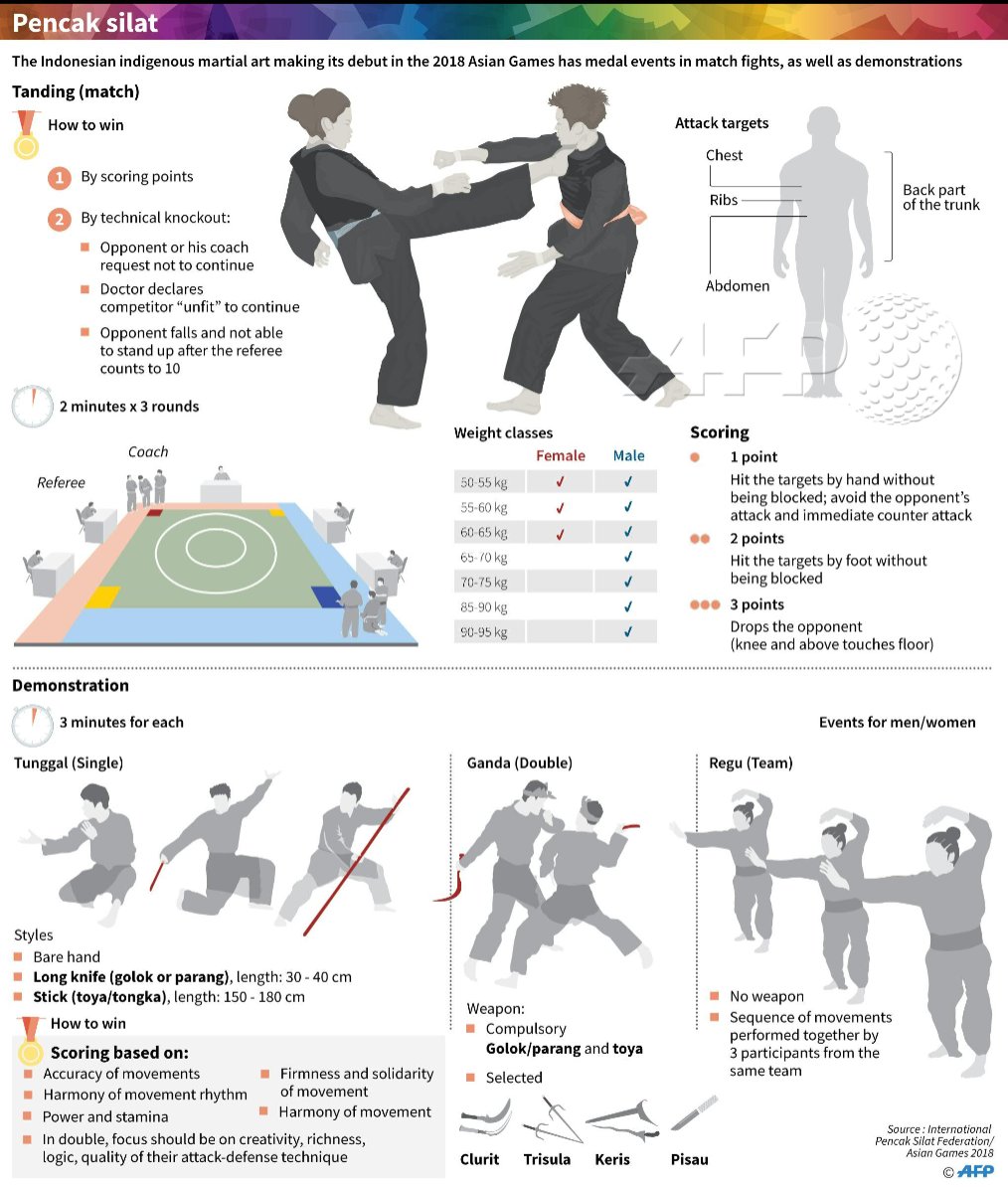Typical Martial Arts And Modern Combat Sports: A Detailed Review Of Their Distinctive Distinctions
Typical Martial Arts And Modern Combat Sports: A Detailed Review Of Their Distinctive Distinctions
Blog Article
Produced By- what is a martial arts studio called
When you think about martial arts, do you lean extra toward the traditional methods or the contemporary fight sports? Each path provides special advantages and experiences, shaped by their approaches and training methods. Traditional martial arts highlight individual growth and self-control, while contemporary fight sports focus on competition and performance. Understanding these distinctions can lead you in choosing the ideal approach for your journey. However just how do these differences show up in training and philosophy?
The Viewpoint and History Behind Typical Martial arts
While many individuals associate martial arts with physical combat, the approach and history behind conventional martial arts run much deeper. You'll discover that these techniques highlight individual development, self-control, and regard.
Stemming from ancient techniques, standard martial arts were frequently established for Self-Defense and spiritual development. They personify concepts such as balance, harmony, and self-constraint, directing practitioners past simple combating skills.
As you train, you'll not only discover methods but additionally obtain understandings right into the society and worths that shaped these arts. The rituals and customs, typically passed down via generations, cultivate a feeling of community and belonging.
The Competitive Nature of Modern Combat Sports
Modern fight sports have actually changed the landscape of martial arts right into a highly competitive arena, where professional athletes face off in an examination of skill, technique, and endurance.
You'll notice that competitors are frequently arranged with stringent guidelines and laws, making certain fair play and safety. These events draw in large audiences, sustaining the enjoyment and strength of matches.
Athletes educate carefully, not just for physical expertise yet additionally for mental sturdiness, knowing that every detail counts in the ring. The adrenaline rush during competitors is palpable, as fighters push their limitations to assert triumph.
Followers appreciate the athleticism and creativity entailed, making contemporary battle sporting activities a thrilling spectacle that continues to develop and mesmerize lovers all over the world.
Training Techniques and Strategies: A Relative Evaluation
The affordable atmosphere of modern-day battle sports demands ingenious training approaches that vary significantly from standard martial arts.
In https://www.sixthtone.com/news/1011201/song-yadong-the-man-fighting-to-make-ufc-history , you'll concentrate on specific methods, sparring, and conditioning, frequently utilizing drills that imitate genuine fight situations. You'll see a focus on measurable performance and regular competition to analyze your skills.
On the other hand, standard martial arts prioritize types, katas, and philosophical mentors, commonly emphasizing self-control and respect over competitors.
Training is typically less intense and might involve recurring practice instead of real-time sparring.
While both approaches build ability and health and fitness, modern battle sporting activities provide an extra vibrant and versatile training setting, preparing you for prompt challenges in the ring or cage.
Choose the course that lines up with your objectives and rate of interests.
Verdict
In selecting in between traditional martial arts and modern combat sporting activities, it really boils down to what you value most. If you're searching for individual development, self-control, and a feeling of area, typical arts might be your finest fit. But if joe halbuna kajukenbo grow on competition and real-time challenges, contemporary combat sporting activities could be the way to go. Inevitably, both paths use one-of-a-kind advantages, so it's everything about aligning your training with your personal objectives and interests.
